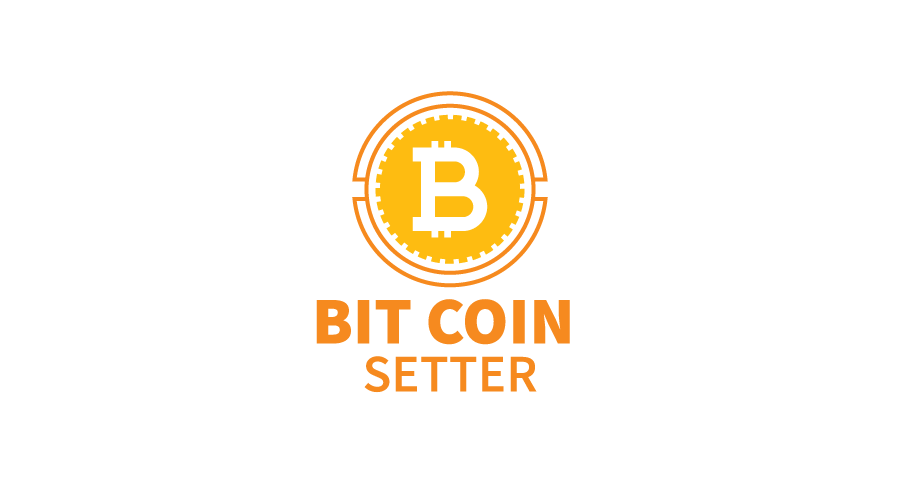How do layer 2 blockchains handle high transaction volume?
High transaction volumes present significant challenges for layer 2 blockchains that must maintain speed and efficiency during peak usage. Advanced scaling techniques enable these networks to process thousands of transactions per second without degrading user experience. Investors tracking crypto presale list opportunities often encounter volume spikes that test network capacity limits during popular token launches and major market events.
Batch processing optimisation
Layer 2 networks group multiple transactions into single batches before submitting them to base layer blockchains. This aggregation approach dramatically reduces the computational overhead of individual transaction processing and settlement.Intelligent batching algorithms optimise transaction grouping based on gas costs and network congestion patterns. Networks can adjust batch sizes dynamically to maintain cost efficiency while ensuring timely transaction settlement during varying network conditions.
Compression techniques reduce the data size of transaction batches by eliminating redundant information and using efficient encoding methods. These optimisations allow more transactions to fit within each batch while staying under base layer block size limitations.Parallel batch processing enables networks to prepare multiple transaction groups simultaneously rather than processing them sequentially. This approach increases overall throughput capacity during high-demand periods when transaction volumes exceed standard processing capabilities.
State channel implementations
State channels enable off-chain transaction processing between parties, settling final results on the main blockchain later. These channels handle high-frequency interactions without consuming blockchain resources for every individual transaction.
- Payment channels support rapid microtransactions between regular trading partners
- Gaming channels enable real-time interactions without blockchain confirmation delays
- Liquidity channels facilitate high-speed trading and arbitrage operations
- Social channels support tipping and content monetisation features
- Application channels enable complex smart contract interactions off-chain
Channel networks create interconnected pathways that allow indirect transactions through intermediary nodes. Users can transact with parties without direct channels by routing payments through existing channel connections.
Rollup technology advantages
- Optimistic rollups assume transaction validity by default and only verify disputed transactions through fraud-proof mechanisms. This approach enables high throughput while maintaining security through economic incentives to discourage malicious behaviour.
- Zero-knowledge rollups use cryptographic proofs to verify transaction batches before submitting them to base layer networks. These proofs provide mathematical certainty about transaction validity while compressing significant transaction sets into small proof data.
- Hybrid rollup approaches combine optimistic assumptions with periodic zero-knowledge proof generation. These systems balance the speed advantages of optimistic processing with the security guarantees provided by cryptographic verification methods.
Caching and precomputation
Layer 2 networks implement sophisticated caching systems that store frequently accessed data and precomputed results. These optimisations reduce the computational work required for everyday operations and improve response times during high-volume periods.Predictive caching anticipates likely user actions and prepares responses before requests arrive. This proactive approach reduces latency for everyday operations like balance queries and transaction status checks.
Result precomputation calculates frequently requested values during low-activity periods and stores them for rapid retrieval. Networks can prepare complex calculations in advance rather than computing them on demand when users need immediate responses.Layer 2 networks handle high transaction volumes through batch processing optimisation and state channel implementations. These combined approaches enable networks to maintain performance during peak usage without compromising security or decentralisation principles.



